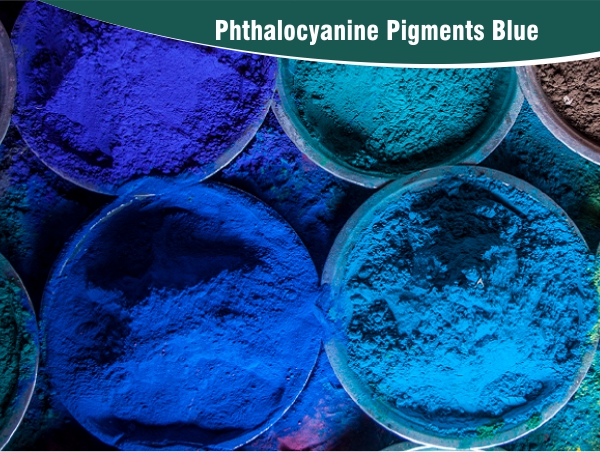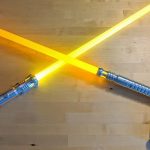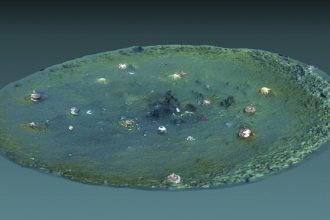VARIOUS FORMS OF PHTHALOCYANINE BLUE
The vivid blue colour of a watercolour painting is most often due to a colour pigment named Phthalocyanine Blue (PB15). Discovered accidentally in the laboratory by Swiss researchers while o-dibromobenzene was converted to phthalonitrile, phthalocyanine blue is a bright, crystalline, synthetic pigment that is a deep, intense blue in colour, with red undertones. This intense colour bordering on black makes them popular for use in printing inks. There are various forms of PB15 that have uses as varied as in translucent watercolours, paint coatings as well as its highly resistant form as plastic pigments.
FORMS OF PB15
Used in various chemical combinations, various forms of PB15 give different results and this is why it is such a versatile colour pigment. It is currently used as a raw material in various dyes and pigments for colouring in paints, plastics, rubber, fabrics, leather, soaps, detergents and coatings across construction, aviation, textiles, automobiles and other industries. Some forms of PB15 that are used in manufacturing processes are listed below:
- Phthalocyanine Blue (Alpha Form) – In a blue that has strong hints of red, the alpha form is a solvent unstable form of PB15 that is highly resistant to acids, alkalis, heat, waxes, oils, solvents, and soaps and has high light-fastedness. Hence, it is the least used among PB15 pigments.
- Phthalocyanine Blue (Alpha, Solvent-Stable) – This bright blue pigments with strong hints of red is more heat resistant and solvent-stable and possesses high lightfastness and resistance to acids, alkalis, heat, waxes, oils, solvents, and soaps. More than 25% of PB15 use is for this form of the pigment.
- Phthalocyanine Blue 15:1 NCNF (Alpha Form, Solvent-Stable, Non-Flocculating) – While the properties of this form are similar to #2, the pigments in this form of PB15 are treated to prevent flocculation (undesirable clumping together of the particles). This makes them more expensive than the above two forms of PB15 but these pigments still form around 5% of total PB15 usage.
- Phthalocyanine Blue 15:2 NC (Beta Form, Solvent-Stable) – In a bright blue green, and with high resistance to light, acids, alkalis, heat, waxes, oils, solvents, and soaps, the Beta form is transparent, solvent-stable and has strong tinting strength, but is weaker than alpha forms of Phthalocyanine Blue. Common use of this form of PB15 cyan is in process colour printing as it is usable in every type of ink and printing process.
- Phthalocyanine Blue 15:3 B NCNF – A bright green share of blue, PB15:3 has also been treated to prevent flocculation of the pigment particles and is used primarily in liquid inks, and is also useful as a process colour cyan.
- Phthalocyanine Blue 15:4 (Epsilon Form) – PB15:4 is the only strong red shade of blue that is solvent-stable and is most commonly used in liquid-ink applications.
- Phthalocyanine Blue PB 15:6 (Copper Free) – With no copper in its molecular structure, this greenest share of PB15 is less heat resistant than the other forms and is more expensive than the others. Only applications that require a metal-free ink use this version of PB15














